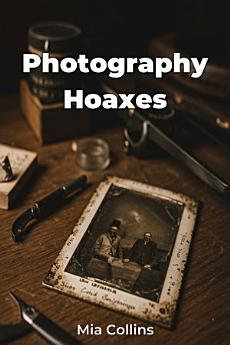Photography Hoaxes
About this ebook
One intriguing fact is how advancements in technology have both enabled more convincing hoaxes and provided tools for their detection.
Another is the wide range of motivations behind these deceptions, from political propaganda to artistic expression.
The book progresses chronologically and thematically, beginning with an introduction to the principles of photographic manipulation and then investigating major case studies grouped by theme, such as war photography and crime scene images.
It uniquely combines technical analysis of photographic manipulation techniques with compelling narratives of true crime and historical events, engaging readers while providing a rigorous analysis.
This approach emphasizes the importance of critical evaluation of images and informed awareness of the potential for deception in photography, highlighting the need for media literacy.








